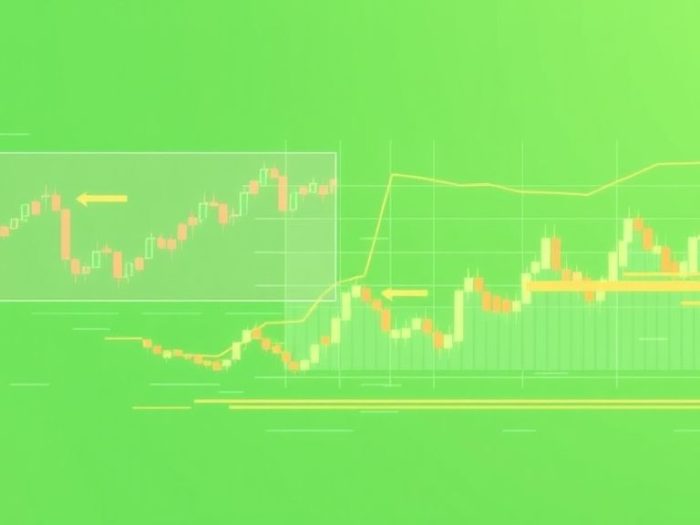Forex trading can be significantly influenced by news releases, which can cause
substantial price volatility and create both opportunities and risks. This article
provides an ultimate guide to trading forex news releases, covering strategies, risk
management, and essential considerations.
Understanding Forex News Releases
Forex news releases are economic data announcements from various countries, such as:
- Interest Rate Decisions: From central banks (e.g., Federal Reserve, European Central Bank).
- Employment Reports: Data on job creation and unemployment.
- Inflation Data: Measures of price changes (e.g., Consumer Price Index (CPI)).
- GDP (Gross Domestic Product): Measures of economic output.
- Retail Sales: Data on consumer spending.
These releases can significantly impact currency values due to their influence on
investor sentiment and economic forecasts.
Trading Strategies for News Releases
There are two main approaches to trading news releases:
1. Pre-News Trading
This involves taking a position before the news release based on market expectations
and technical analysis.
-
Strategy:
- Analyze historical price action leading up to the release.
- Identify key support and resistance levels.
- Use technical indicators to gauge momentum.
- Place buy or sell orders before the release.
-
Risks:
- Market expectations may be wrong.
- Volatility can increase, leading to wider spreads and slippage.
2. Post-News Trading
This involves waiting for the news to be released and then entering a trade based on
the market’s reaction.
-
Strategy:
- Wait for the initial price spike or drop.
- Assess the strength and direction of the move.
- Enter a trade in the direction of the momentum.
-
Risks:
- You may miss the initial move.
- Volatility can still cause whipsaws and false signals.
Important Considerations
-
Economic Calendar: Use an economic calendar to track upcoming
news releases and their expected impact. -
Volatility: Be prepared for increased volatility and wider
spreads. -
Slippage: Understand that slippage (getting filled at a different
price than requested) is more likely during news events. - Risk Management: Use stop-loss orders to limit potential losses.
-
Currency Pair: Some pairs are more sensitive to specific news
releases (e.g., USD pairs to US economic data). -
Experience Level: News trading is generally better suited for
experienced traders.
Example
Let’s say the US employment report is about to be released.
-
Pre-News: You analyze the charts and anticipate a bullish
reaction. You place a buy order slightly above a resistance level. -
Post-News: The report is positive, and the USD strengthens. You
wait for the initial spike, then enter a buy order as the uptrend confirms.
Conclusion
Trading forex news releases can be profitable, but it requires careful preparation,
understanding of market dynamics, and robust risk management. Whether you choose to
trade before or after the release, be aware of the increased volatility and potential
for significant price swings.
Related Keywords
Forex news trading, forex news release strategy, trading forex news, economic
calendar forex, forex news events, forex volatility, trading economic data, forex
trading tips, forex trading guide, forex trading for beginners.
Frequently Asked Questions (FAQ)
1. What are forex news releases?
Forex news releases are economic data announcements from various countries,
such as interest rate decisions, employment reports, and inflation data.
2. Why do news releases affect the forex market?
News releases can significantly impact currency values due to their influence
on investor sentiment and economic forecasts.
3. What are the two main approaches to trading news releases?
The two main approaches are pre-news trading (before the release) and
post-news trading (after the release).
4. What is involved in pre-news trading?
Pre-news trading involves taking a position before the release based on
market expectations and technical analysis.
5. What are the risks of pre-news trading?
Risks include the possibility of market expectations being wrong and increased
volatility leading to wider spreads and slippage.
6. What is involved in post-news trading?
Post-news trading involves waiting for the news to be released and then
entering a trade based on the market’s reaction.
7. What are the risks of post-news trading?
Risks include missing the initial move and experiencing whipsaws and false
signals due to volatility.
8. What is an economic calendar?
An economic calendar is a schedule of upcoming economic data releases,
including their expected impact on the market.
9. What is slippage?
Slippage is the difference between the price you expect to get and the price
at which your trade is executed, more common during volatile news events.
10. Is news trading suitable for all traders?
News trading is generally better suited for experienced traders due to the
increased volatility and risk involved.



